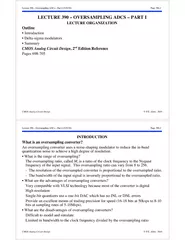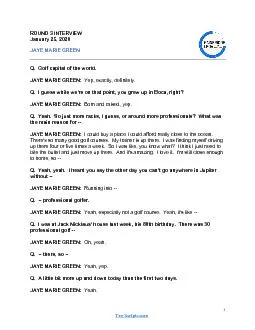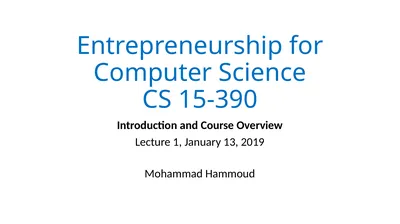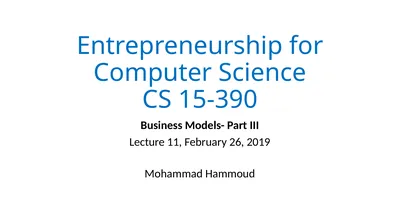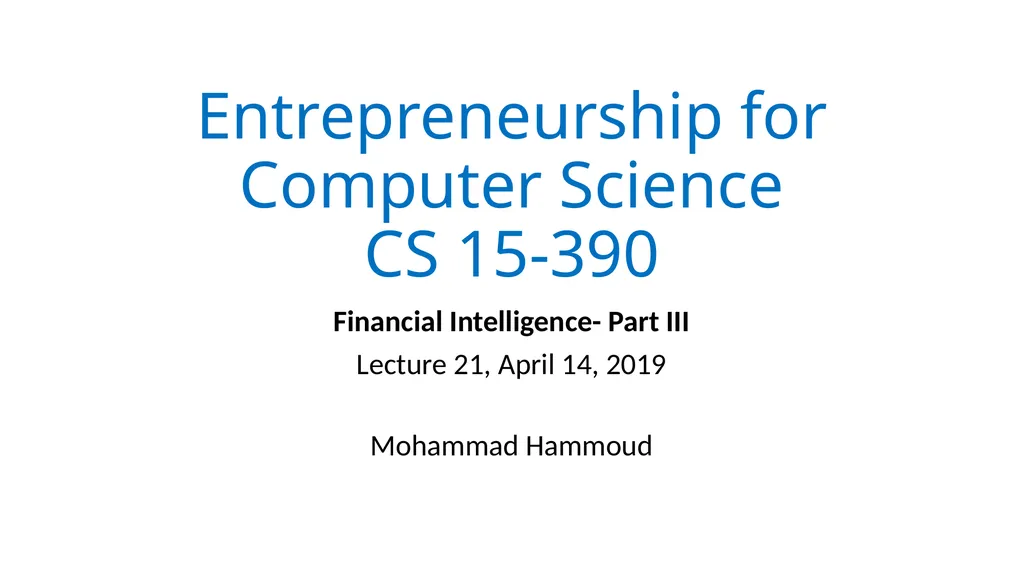
Author : tawny-fly | Published Date : 2025-06-27
Description: Entrepreneurship for Computer Science CS 15-390 Financial Intelligence- Part III Lecture 21, April 14, 2019 Mohammad Hammoud Today Last Session: Financial Intelligence- Part II Todays Session: Financial Intelligence- Part IIIDownload Presentation The PPT/PDF document "" is the property of its rightful owner. Permission is granted to download and print the materials on this website for personal, non-commercial use only, and to display it on your personal computer provided you do not modify the materials and that you retain all copyright notices contained in the materials. By downloading content from our website, you accept the terms of this agreement.
Here is the link to download the presentation.
"Entrepreneurship for Computer Science CS 15-390"The content belongs to its owner. You may download and print it for personal use, without modification, and keep all copyright notices. By downloading, you agree to these terms.
